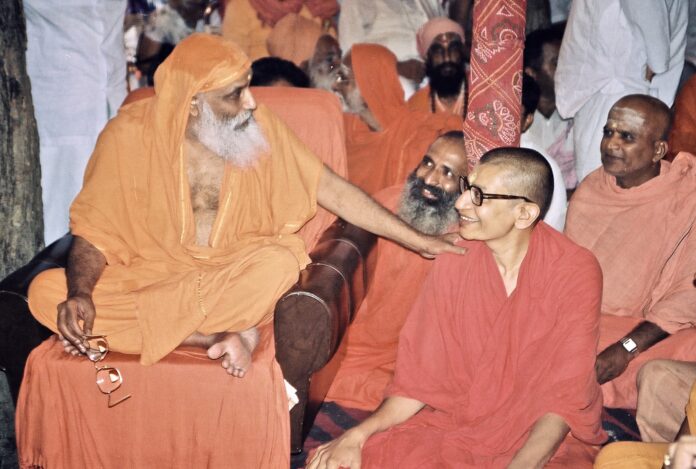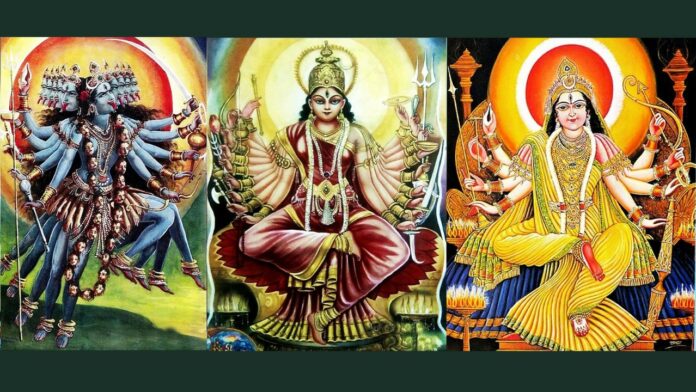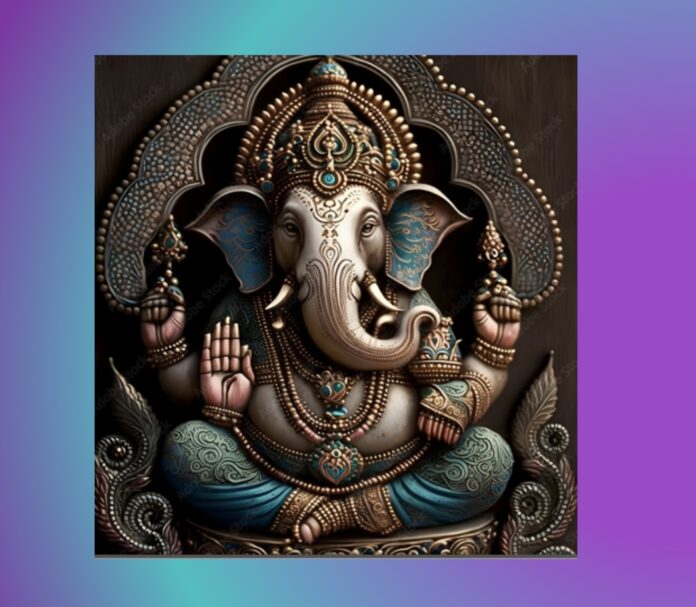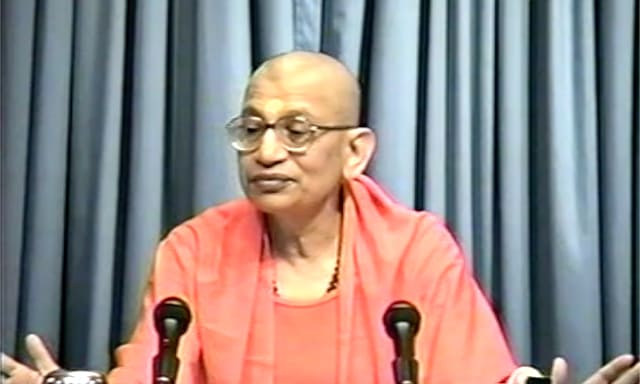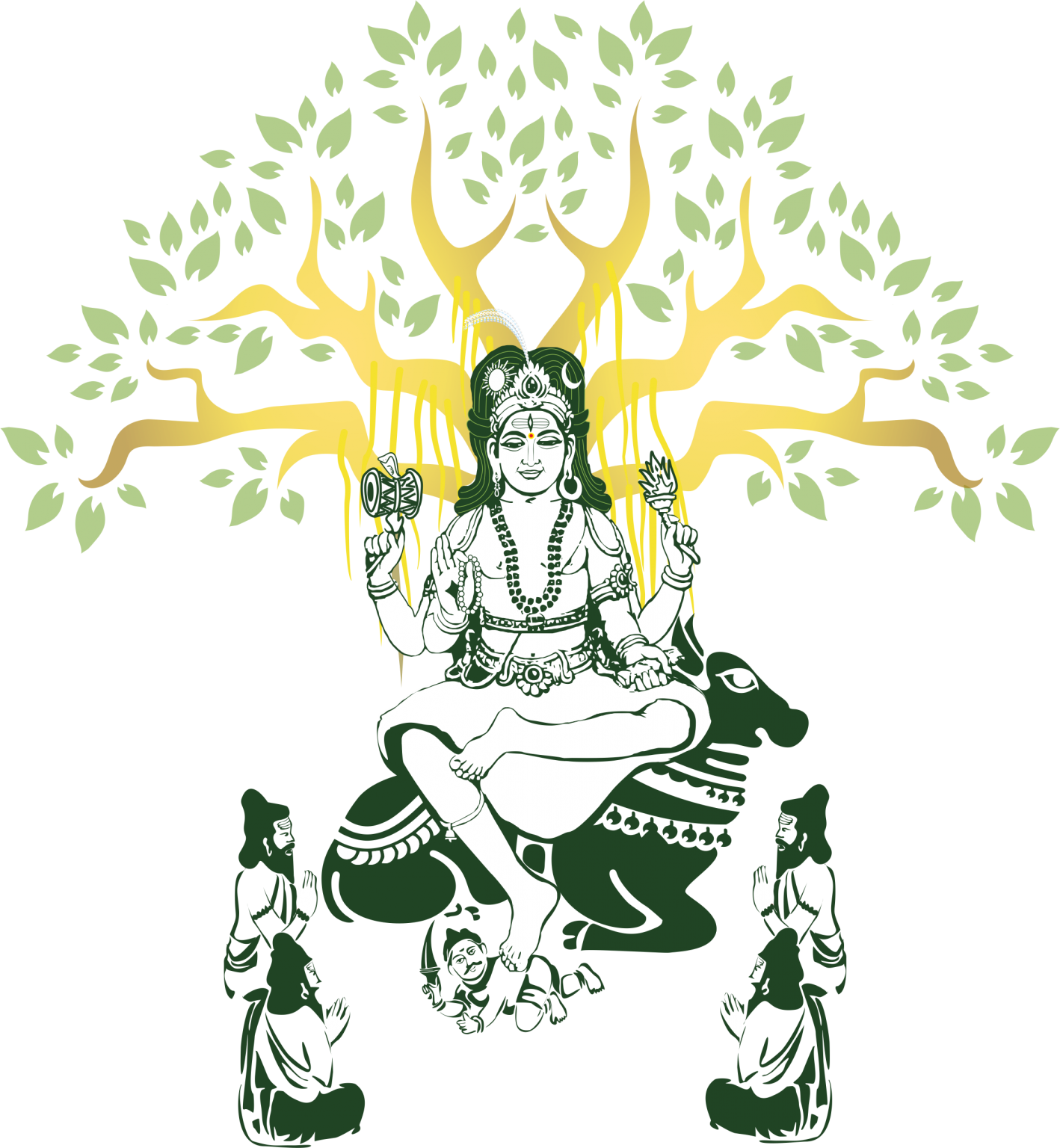Satsang with Swami Viditatmananda Saraswati
Transcribed and edited by KK Davey and Jayshree Ramakrishnan.
śrutismṛtipurāṇānām ālayaṃ karuṇālayam
namāmi bhagavatpādaśaṅkaraṃ lokaśankaram
I salute Śrī Śaṅkarabhagavatpāda, the abode of the śruti, smṛti and the purāṇas, the repository of compassion, and the one who bestows happiness on the world.
Namāmi śaṅkaraū, I offer my salutations to Śrī Śaṅkarācārya, whose life justifies the meaning of his name. The one who brings auspiciousness is called Śaṅkaraḥ, śaū karoti iti śaṅkaraḥ. Śrī Śaṅkarācārya was a Śaṅkaraḥ in the true sense, in as much as he brought auspiciousness wherever he was.
Śrutismṛtipurāṇānām ālayaū, the one who is the very abode of the śruti, smṛti and the purāṇas. The Śruti is the Vedas. The Smśti includes other texts such as the Bhagavad Gītā, the Dharmaśāstras, and is based on the śruti, the texts composed by the śḥis. The purāṇas (e.g., the Rāmāyaṇa) are also composed by the śḥis. The śruti, smṛti and the purāṇas found an abode in Sri Śaṅkara. It is a rare occurrence that all the three found an abode in one place. There are people who are well-versed in the purāṇas, and others who are well-versed in the smṛtis, the code of conduct. There are yet others who are well-versed in the śruti. Śrī Śaṅkarācārya was one who was well-versed in all of them and had an insight into all of them. He is thus the one who is the abode of the wisdom contained in the śruti, smṛti, and the purāṇas.
Karuṇālayam, the one who is the abode of compassion. This is the primary qualification of, or requirement in a teacher. The Vivekacūḍāmaṇi describes a teacher as being ahetuka-dayāsindhuḥ or one who is an ocean of compassion, ahetuka for no reason at all, with no personal motives at all. But why does he have compassion? He cannot but be compassionate.
Namāmi bhagavatpāda, my salutations to this Bhagavatpāda. That is the name by which Śrī Śaṅkarācārya is known. His teacher’s name was Govindapāda, who in turn was a disciple of Gauḍapāda. Śrī Śaṅkarācārya’s student was called Padmapāda. That is the tradition.
I offer my salutations to Śrī Śaṅkarācārya, who is lokaśankaram, one who brings auspiciousness to the world.
śaṅkaraū śaṅkarācāryam keśavaū bādarāyaṇam
sūtrabhāḥyakśtau vande bhagavantau punaḥ punaḥ
I salute, again and again, Śrī Śaṅkarācārya, who is Lord Śiva, and Bādarāyaṇa (Vyāsa) who is Lord Viṣṇu, the venerable ones who wrote the aphorisms and commentaries.
Punaḥ punaḥ vande, I salute again and again. I salute these two deities, bhagavantau, who are the incarnation of god; śaṅkaraū śaṅkarācāryam, Lord Śiva who himself manifested as Śrī Śaṅkarācārya, and keśavaū bādarāyaṇam, Lord Nārāyaṇa or Keśava who manifested as Bādarāyaṇa or Veda Vyāsa. We believe that sage Veda Vyāsa was none other than the incarnation of Lord Nārāyaṇa, and that Śrī Śaṅkarācārya was none other than the incarnation of Lord Śiva.
Sūtrabhāḥyakṛtau vande, salutations to the one who composed the sutra (Vyāsa) and the other who composed the bhāḥya, the commentaries (Śrī Śaṅkarācārya). These are the two greatest people amongst others that the Vedic culture has produced. Both of them have made a significant contribution to the revival of the Vedic culture. Bādarāyaṇa compiled all the Vedas and therefore he is called Veda Vyāsa. He did not write them or create them. He compiled the existing Vedic literature at that time. He is also said to have written the great text, the Mahābhārata, of which the Bhagavad Gītā is a part. He is also said to have composed the Brahma Sutras, the aphorisms on Vedānta. He is even said to have written all the major 18 purāṇas. So when we give someone credit for something, we give it in full measure! Who can do all this? None other than god! Therefore do we say, that Veda Vyāsa was an incarnation of Lord Nārāyaṇa. His important contribution as far as Vedānta is concerned is the composition of the Brahma Sutras or Vedāntasutras. These aphorisms explain the tātparya or the purport of the Upanishads. Had these sutras or aphorisms not been there, the Upanishads would have been extremely difficult for us to understand. So he culled beautiful mantras from the garden of the Upanishads and made a beautiful garden in the form of the Brahma Sutras. However, even his sutras are extremely difficult to understand not only for an ordinary person, but even for the scholars. It is said that just as a jeweler might display very precious gems in his shops, but people are not able to buy them because they do not have money or artha, so also, Bādarāyaṇa presented his beautiful jewels in the form of the sutras, but even the scholars were not able to use them for lack of artha. One meaning of artha is wealth or money, and another meaning of the word is ‘meaning’. These aphorisms were not enjoyed even by the scholars or vidvāns because they could not understand the meaning of those aphorisms. So Śrī Śaṅkarācārya came along and provided the artha or meaning of the aphorisms, which is equivalent to giving artha or wealth to an ordinary person so that he can buy precious jewels. When this artha was available, the scholars were able to gain access to Veda Vyāsa’s precious jewels. Now we find the scholars or vidvāns being adorned by the garland of these precious gems, his aphorisms. Bādarāyaṇa gives us the key to the Upanishads, and Śrī Śaṅkarācārya gives us the key to the aphorisms. Thus between the two of them, they have made the tātparya or the purport of the Upanishads available to us. Had they not been there, the Upanishads and the Vedas would not have been accessible to us. That is the reason why before the commencement of the study of Vedānta we always offer our salutations to these great sages, Śrī Śaṅkarācārya, and Bādarāyaṇa or Veda Vyāsa.
Bhagavantau punaḥ punaḥ vande, I salute these two great sages or two gods, punaḥ punaḥ, again and again.
